As we approach the cooler months, the allure of gathering around a warm fire pit becomes increasingly appealing. However, the serene ambiance of a crackling fire is not without its hazards.
Ensuring the safety of all participants and the surrounding environment necessitates a thorough understanding of proper fire pit use. From selecting an optimal location to the meticulous extinguishing of the flames, each step embodies crucial safety measures.
But what specific preparations and precautions should one consider to mitigate risks effectively? Let us explore the nuanced protocols that not only safeguard well-being but also enhance the fire pit experience.
Selecting the Right Location
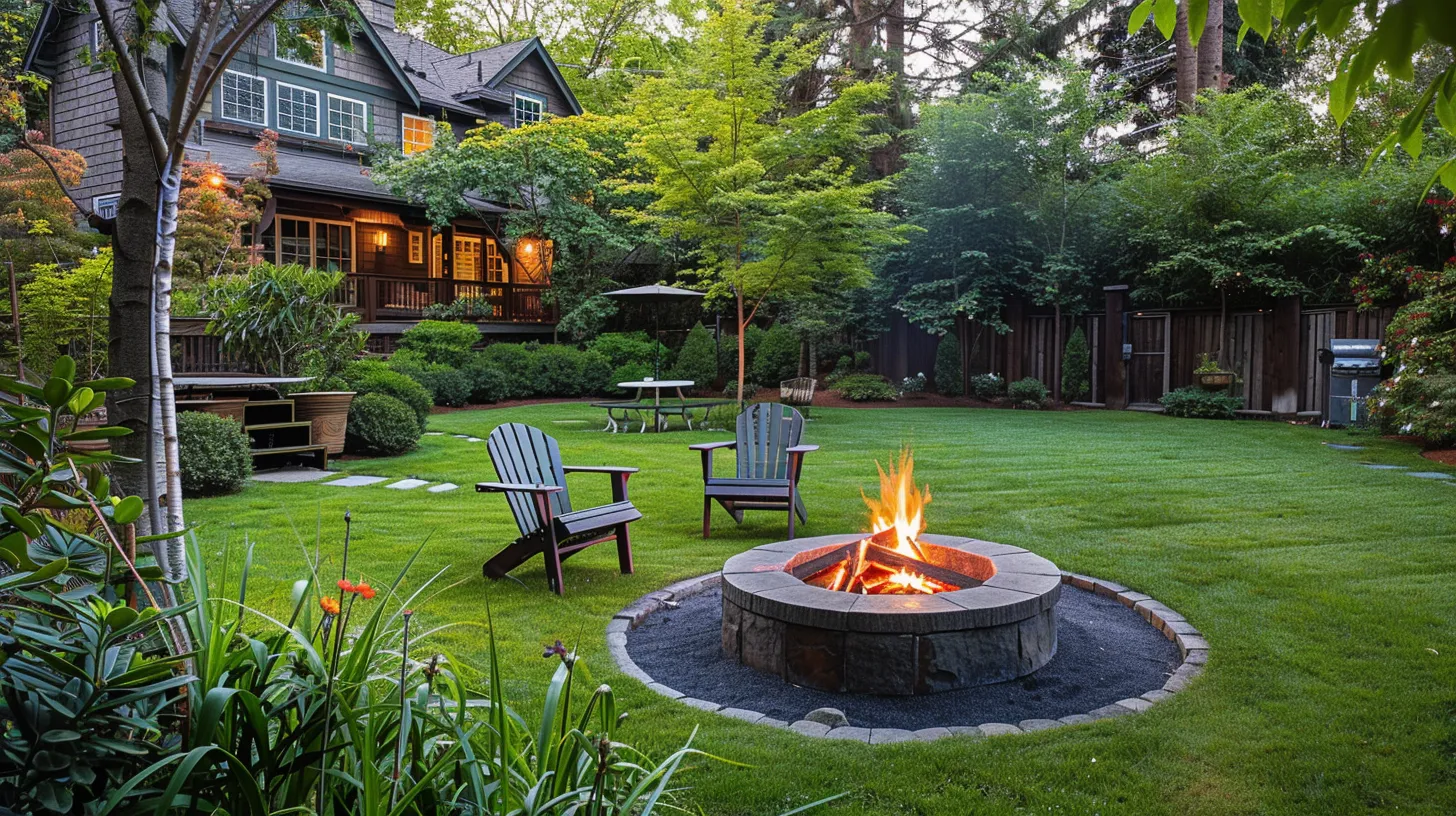
Selecting the right location for your fire pit is a critical first step in ensuring both safety and enjoyment. A fire pit, whether it's a traditional wood-burning model or a gas-powered fire pit, requires careful consideration of its placement to avoid any hazards. It's essential to choose a level spot that's at least 10 feet away from any structures. This clearance helps in reducing the risk of accidental fires spreading to nearby buildings.
Overhanging branches pose a significant risk as they can easily catch fire from rising sparks or intense heat. Therefore, trimming any branches near the fire pit area is crucial to prevent potential fire hazards. Similarly, removing any dry vegetation around the fire pit will further reduce the risk of fires spreading through surrounding greenery.
For those considering placing a fire pit under a pergola or similar structure, ensuring proper ventilation is vital. This ensures that smoke and heat can dissipate safely, preventing accumulation and potential damage or danger.
Surrounding the fire pit with non-combustible materials is another step towards a safe fire pit experience. This precaution prevents the fire from accidentally spreading, offering peace of mind while enjoying the warmth and ambiance of your fire pit.
Preparing the Fire Pit
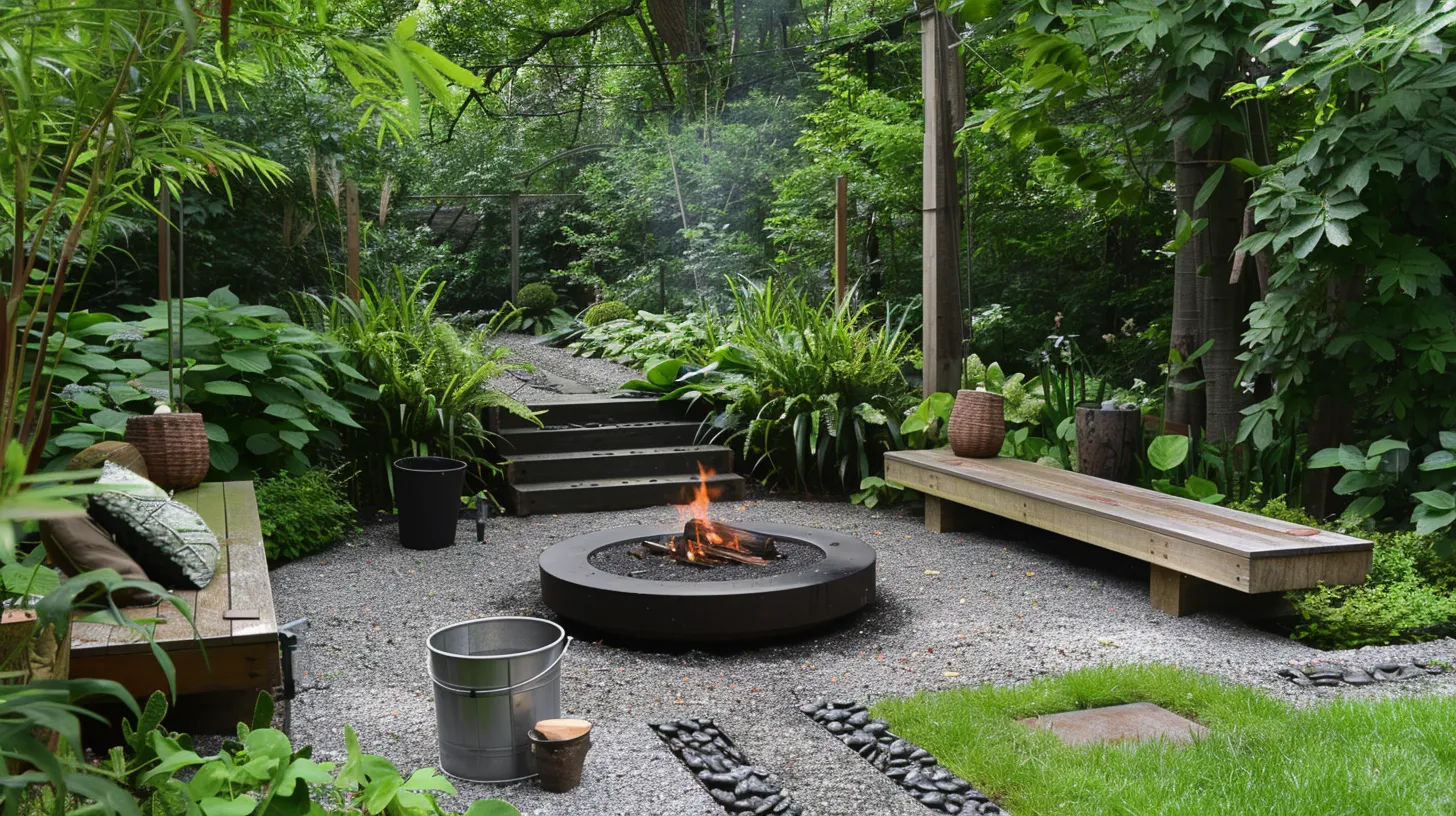
Before lighting a fire pit, it is imperative to prepare the area properly to ensure safety and functionality. Preparing your fire pit according to fire pit safety rules is crucial to prevent accidents and make the use of the fire pit enjoyable and secure at your home. Here are several important steps to follow:
-
Clear the area around the fire pit of any flammable materials, such as leaves or debris, to create a safe zone. This action minimizes the risk of accidental fire spread, keeping your home and guests safe.
-
Position the fire pit on a stable, non-combustible surface like metal, brick, or concrete. This precaution prevents the fire pit from tipping over and ensures that the fire remains contained.
-
Keep a fire extinguisher and first aid kit nearby as a precaution for emergencies. Being prepared for any possible scenario is essential for safety.
Additionally, it is wise to check the weather conditions before deciding to light the fire pit. Extreme wind conditions can be hazardous and are not conducive to safe fire pit use. By adhering to these guidelines, you can ensure a safe and enjoyable experience with your fire pit.
Lighting the Fire Safely
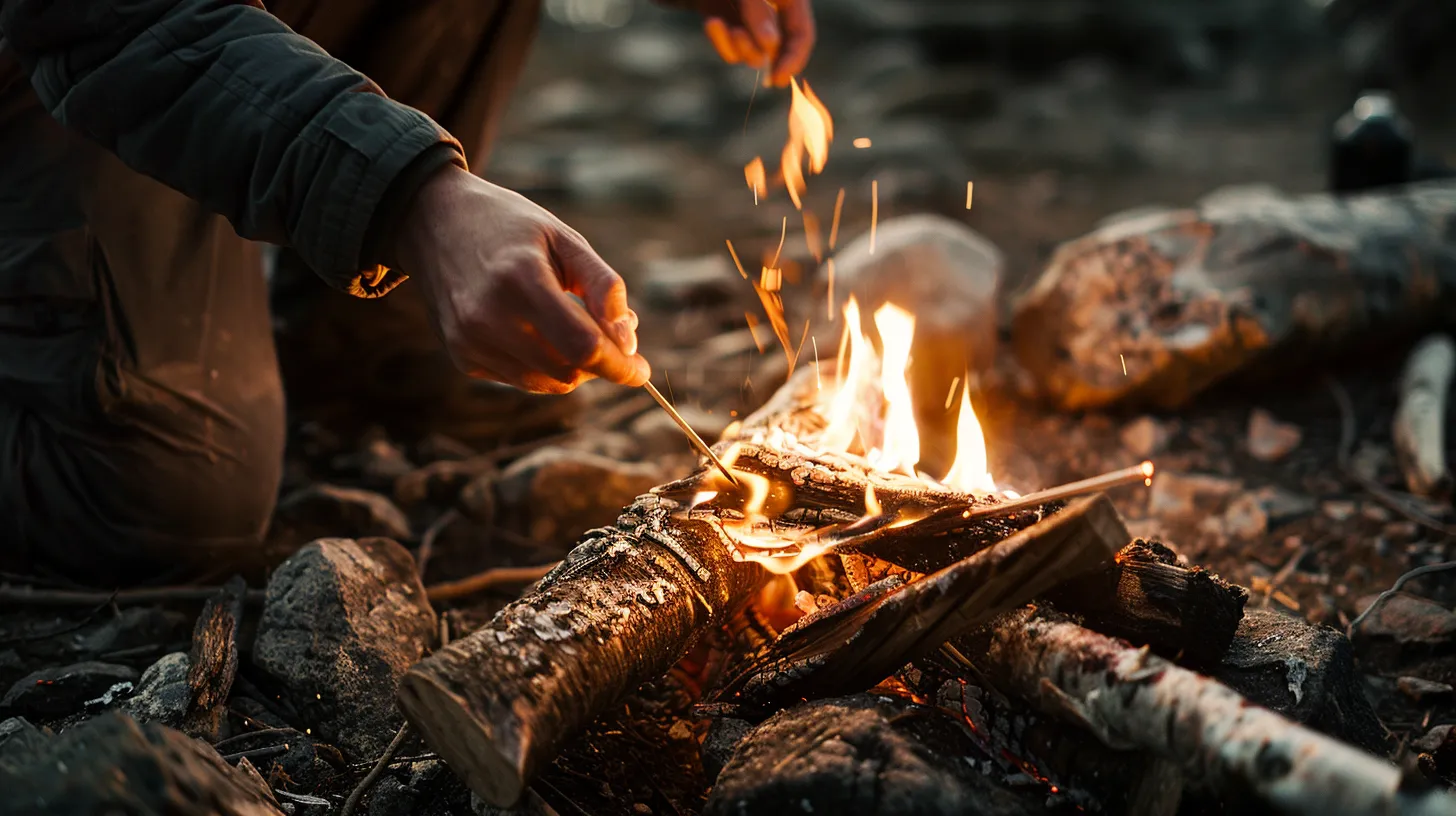
Having prepared the fire pit area thoroughly, the next crucial step involves safely lighting the fire. This phase is critical for ensuring the overall success and safety of your outdoor gathering. To start, it's imperative that the fire pit is placed on a flat, non-flammable surface. This foundational aspect of fire pit safety cannot be overstated, as it significantly reduces the risk of the fire spreading unintentionally.
Before initiating the fire-starting process, one must pay close attention to the wind direction. This precaution helps in preventing smoke from becoming a nuisance and ensures flames are directed away from people and combustibles. Speaking of combustibles, it's essential to avoid using lighter fluid or any other accelerants. These substances can make lighting the fire unpredictable and dangerous.
Instead, opt for natural kindling such as dry leaves and twigs. These materials catch fire easily and are a safer choice. Place the kindling in the center of the fire pit and use a match to ignite it from underneath. This method provides a controlled start to the fire, laying a safe and enjoyable foundation for your outdoor activities.
Monitoring and Maintenance
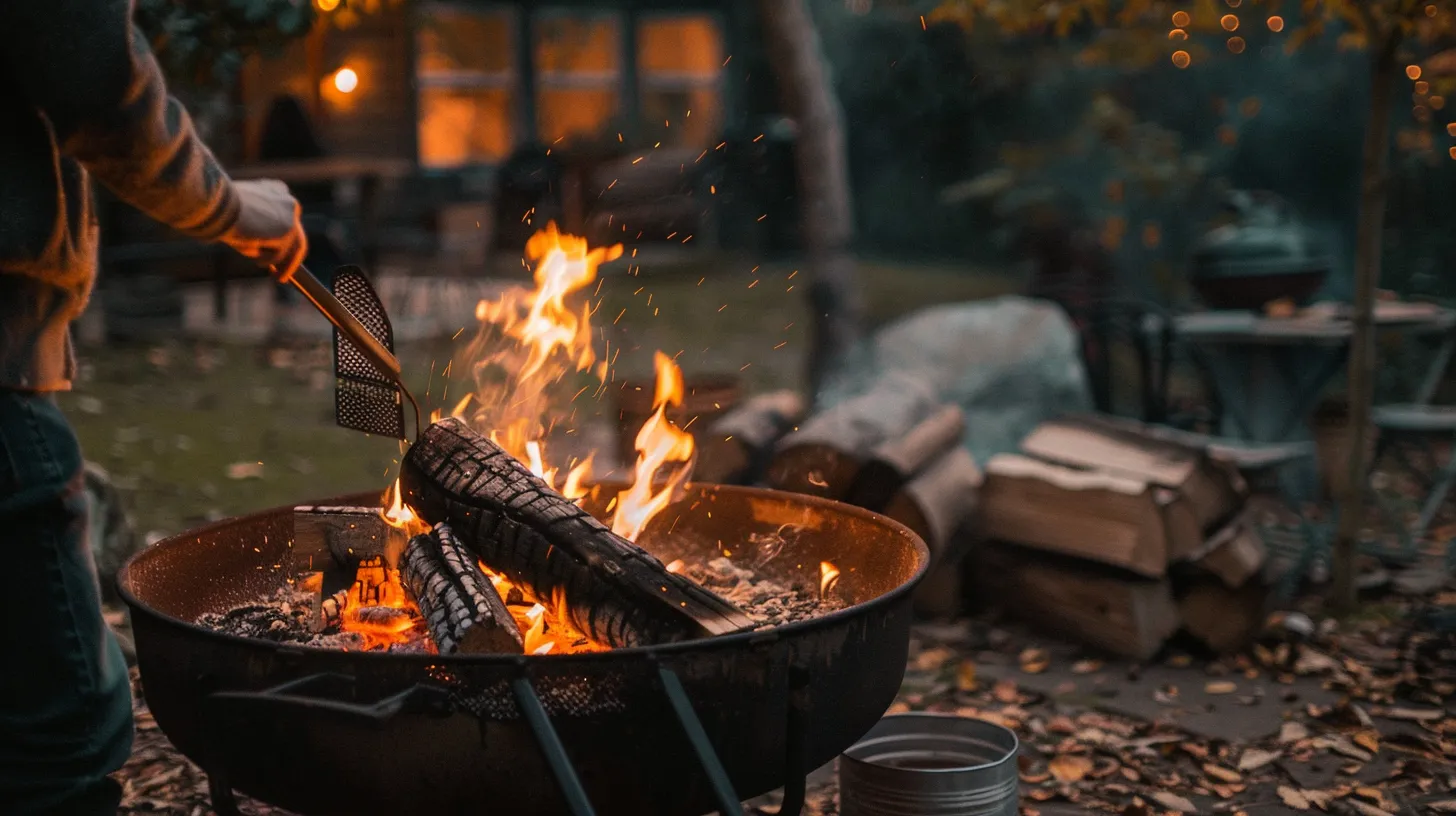
Once the fire is lit, continuous monitoring and diligent maintenance of the fire pit are paramount to ensure its safe operation. Ensuring fire pit safety involves several critical steps that should not be overlooked. Regular inspection and maintenance are pivotal in preventing accidents and enhancing the longevity of your fire pit. Not only does this involve keeping a vigilant eye on the fire to prevent the escape of sparks or embers, but also paying attention to the broader environment, including any changes in weather conditions that could affect the safety of your fire pit.
Key aspects of monitoring and maintenance include:
- Regularly checking the fire pit for signs of damage or wear and addressing these issues promptly to avoid potential hazards.
- Conducting routine checks on all tools and equipment associated with the fire pit to ensure they are in good working order and safe to use.
- Implementing a rigorous cleaning schedule to remove debris from the fire pit area, thereby reducing the risk of accidental fires and maintaining a safe environment around the fire pit.
Extinguishing the Fire Properly
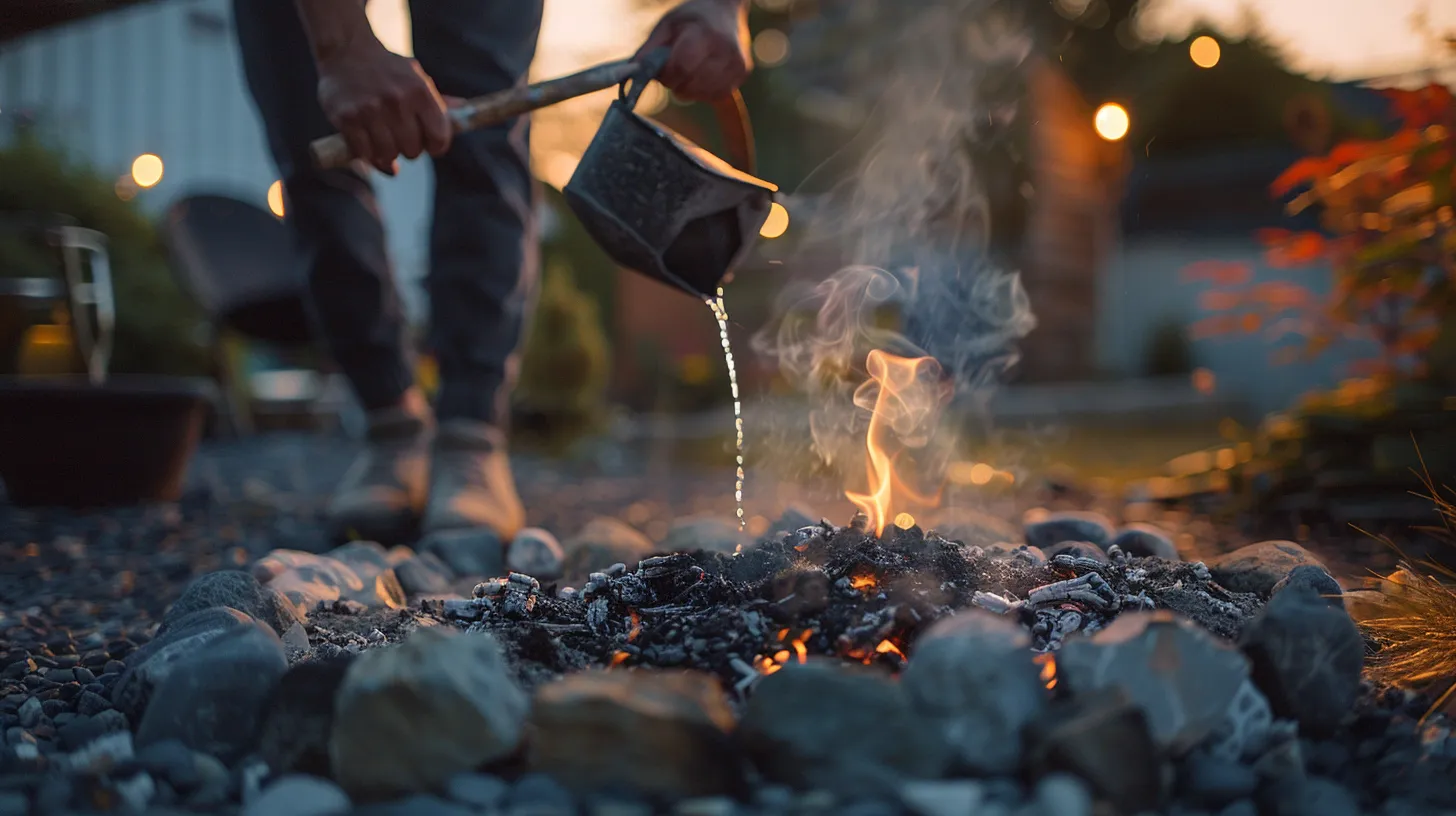
Properly extinguishing a fire pit is a critical step in ensuring both safety and the preservation of the equipment for future use. When it comes to fire pit safety, allowing the fire to burn down naturally before attempting any extinguishing actions minimizes potential fire hazards. Once the flames have subsided, water should be carefully poured over all embers to ensure they are completely extinguished, mitigating the risk of unintended fire damage.
For a more controlled process, especially in areas where water usage might be a concern, a fire pit snuffer can be an effective tool. This method safely covers the fire pit, depriving the fire of oxygen and allowing it to extinguish without the sudden steam and mess that can come from using water. Regardless of the method, it is essential to check for residual heat within the fire pit to ensure no ember remains that could reignite.
For those utilizing gas fire pits, the procedure to extinguish the fire involves a critical step: turning off the gas supply. This straightforward action immediately cuts off the fuel source, effectively extinguishing the flame and further emphasizing the importance of understanding the specific safety measures relevant to the type of fire pit in use.










